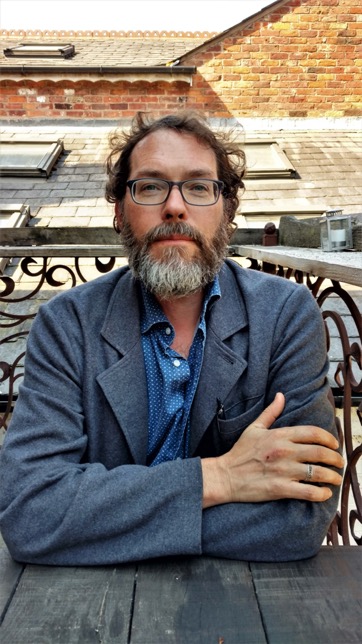Takeaway
Healthcare professionals often witness challenging events, like the death of a patient. Writing and other artistic expression may help us process emotions.

Creative Arts in Medicine | November 8, 2023 | 2 min read
By David Kopacz, MD, University of Washington
Memory
is a poor monument
to the events of life that mean so much
the valued things of existence
these things brush gently
possibly with a kiss
leaving a shudder
a sense of something
or only goosebumps
Other events touch with the same
gentle casualness
but happen to brush
against a situation like wet concrete
leaving a lasting impression
of life surprised
and captured in death
like amber containing a small insect
This particular event,
casual as it is,
assumes an importance
beyond life itself
it replaces the individual
who becomes the dying man
complete with microscopic maggots of the flesh
all that was the multitude of life
the surplus of moments
the speed of life
the blurriness of life
comes up fast against its boundary
and the conception of death
fucks the mind
and lasts
like a steel monument
The cause of death lasts in the mind
past life fades
into a poorly remembered
first dream of the night
somehow it did happen
but some things negate life
what was once flowing life
turns inward and stagnates
so that the self regrets its own preconditions
and now tastes bitter
having limited its own existence
The slowly dying man,
the infected man
(pleasure so closely linked to death)
wastes away at a young age
cause of death: young age
he is bones and skin
he is bones and skin
he is bones and skin
the flesh so poor a weapon
When I was finishing med school in the early 90s, people were routinely dying of AIDS. Anti-retrovirals, which dramatically changed survival, weren’t in use yet. Hospital treatment consisted of treating the secondary opportunistic infections until a person wasted away or succumbed to one of these infections, including pneumocystis pneumonia, cerebral toxoplasmosis, cytomegalovirus, and herpes simplex virus.
Taking care of a young man who was slowly dying of HIV, I was struck how a chance event of sex could lead to a viral death sentence. I struggled to grasp, existentially, what my patients, who weren’t that much older than I was at the time, were going through as they faced death from an experience of pleasure.
AIDS inspired several of my poems during those years. This particular poem I wrote during a two-week narrative medicine elective in my fourth year of medical school. During those two weeks I unpacked a lot of emotions from the past clinical year. I’m very grateful that I had that experience to process what I’d witnessed and to read other physician-writers’ works and learn how they processed suffering through writing.
I return to this practice routinely when faced with overwhelming emotions and experiences at work. I remember reading this poem to our group and another student objected to the ending which inverted the usual phrase, “skin and bones” to “bones and skin.” That just came to me as a kind of pathological nursery rhyme ending—and the whole experience of seeing young people dying was unsettling. It seemed fitting to end on an unsettling note. Also, many of these patients seemed to have more bones than skin as they wasted away and they seemed to be fighting and losing something, like losing the war of life.
This piece expresses the views solely of the author. It does not necessarily represent the views of any organization, including Johns Hopkins Medicine.

